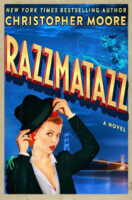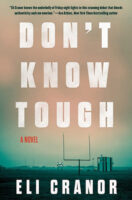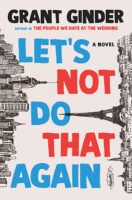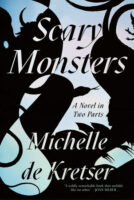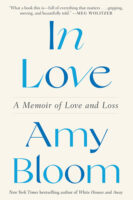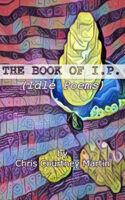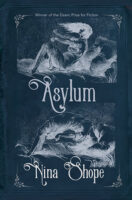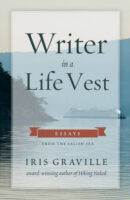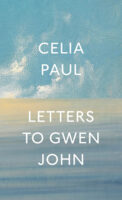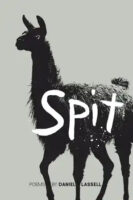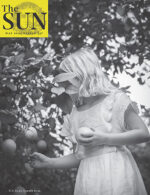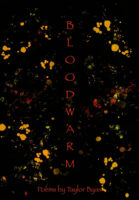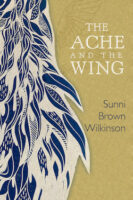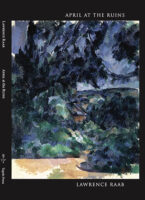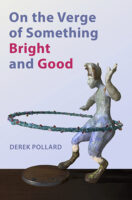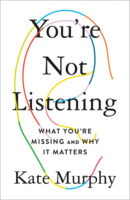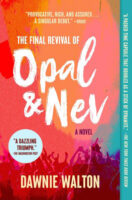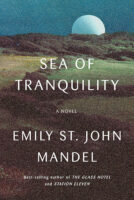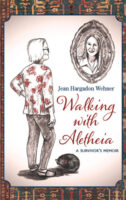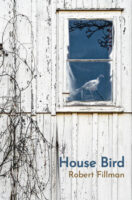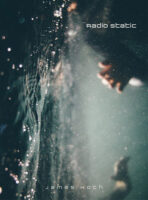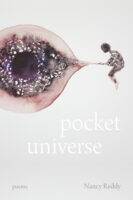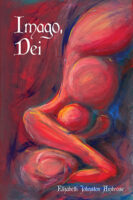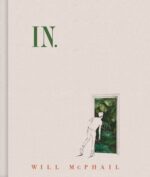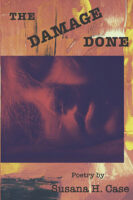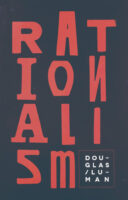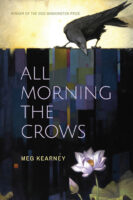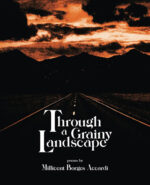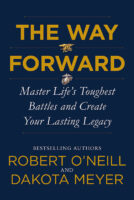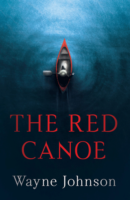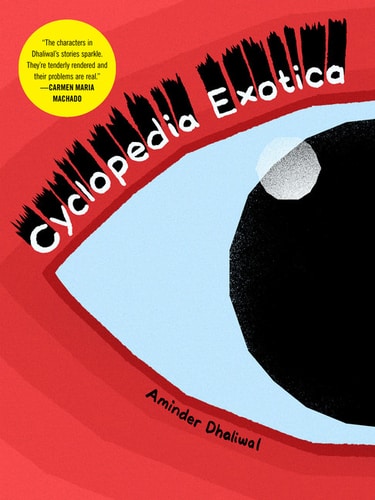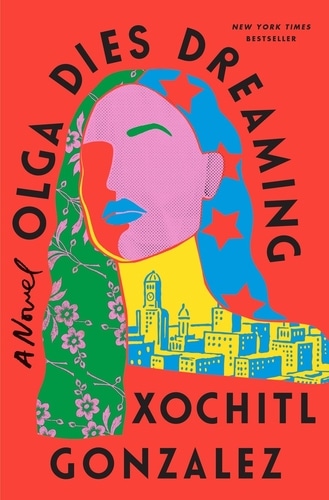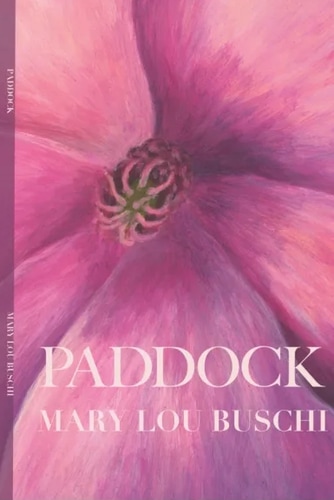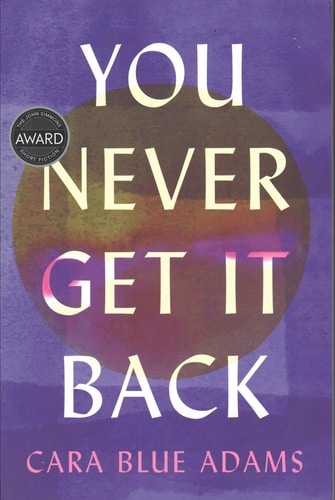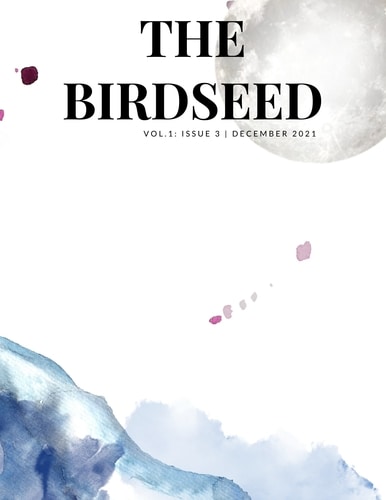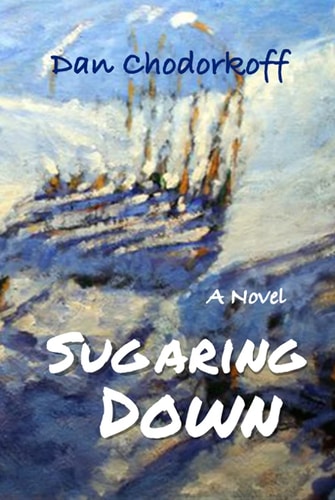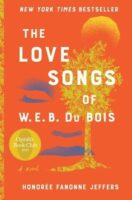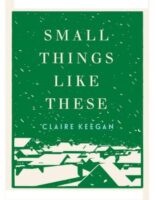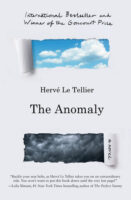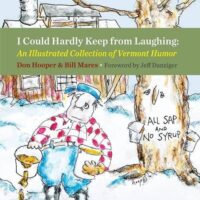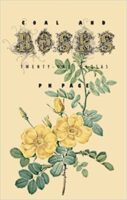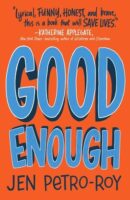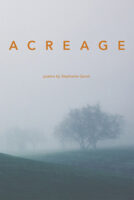
Guest Post by Christine Scanlon
This wonderful debut collection of poetry, Acreage, written by the visual artist Stephanie Garon, is a product of artistic accumulation where a self-conscious regard for the materiality of words is a characteristic of her poems. Many are finely sculpted pieces like, “Undercurrent,” mimicking the movement of oak leaves caught in an eddy. Repetition of the phrase, “how long can they stay under,” becomes a current pulling down both leaves and poet, and with panic, we realize all may stay “un/der.” Embodiment of a slow-motion disappearance is also a central theme in “Musée des Beaux Arts,” after WH Auden’s poem—where instead of Icarus, the central emptiness in Garon’s poem is represented by the “emptied / stamen” and the carcasses “of eight // stale petals curled.” This carnage, caused by a human hand (“Fingernail-pierced / stems / scattered”), also compromises the poet (“I / too / collapse”), and as we contemplate the artist’s imminent absence, we are left to wonder who will make the marks that cultivate meaning? There is no answer, but Garon gives us a sense in the final poem, “Feral,” that we are nearing the end of something (the Anthropocene) and may all become, like the poet, a “ravaged memory of acreage.”
Acreage by Stephanie Garon. akinoga press, December 2021.
Reviewer bio: Christine Scanlon is a Brooklyn-based poet with a collection of poems, A Hat on the Bed (Barrow Street Press), and work published in such journals as Adjacent Pineapple, Dream Pop Press, Flag + Void, and La Vague. She is a graduate of the New School MFA program.
If you are interested in contributing a Guest Post to “What I’m Reading,” please click this link: NewPages.com Reviewer Guidelines.


